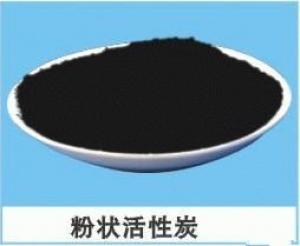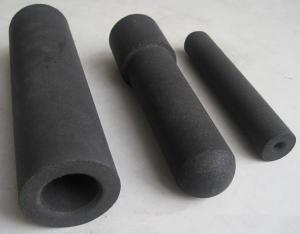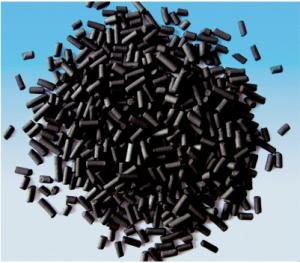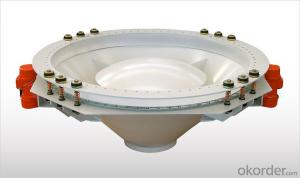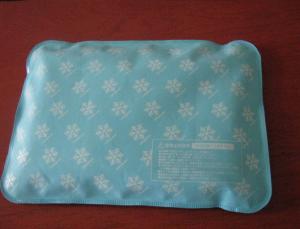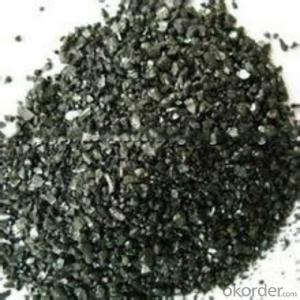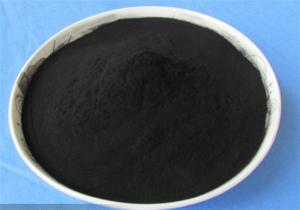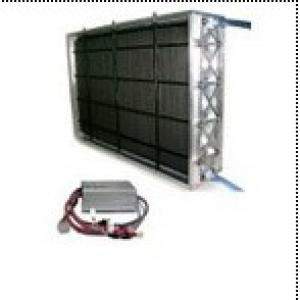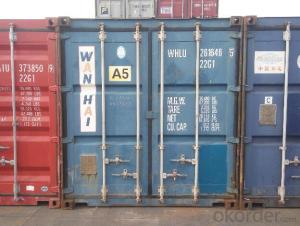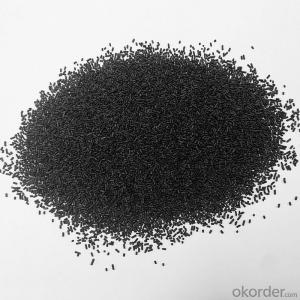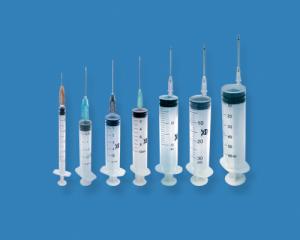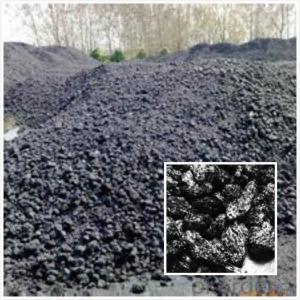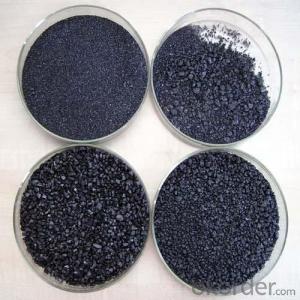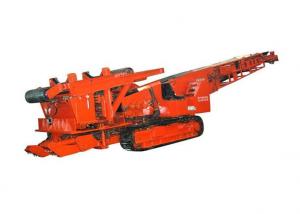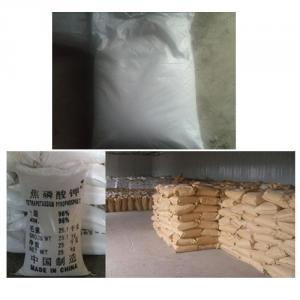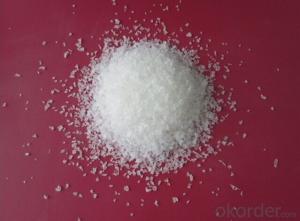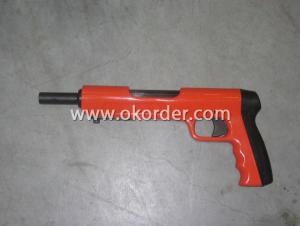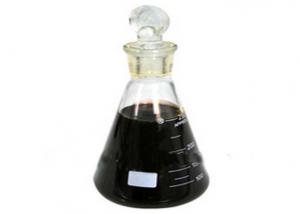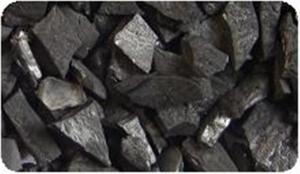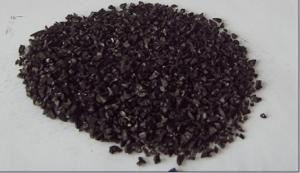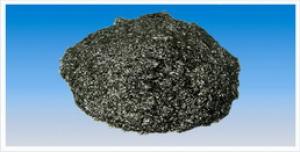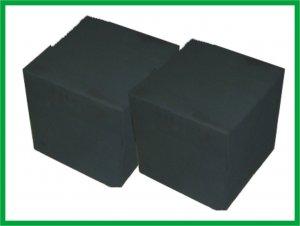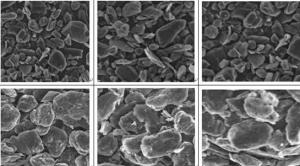Charcoal Activated Pills
Charcoal Activated Pills Related Searches
Medical Charcoal Tablets Restaurant Charcoal Grill Chemical DopCharcoal Activated Pills Supplier & Manufacturer from China
Charcoal Activated Pills are a unique dietary supplement that utilizes the natural properties of activated charcoal to support digestive health and detoxification. These pills are made from high-quality, food-grade activated charcoal, which is known for its ability to bind with toxins and impurities in the digestive tract, promoting a cleaner and healthier internal environment. The product is designed to be taken as needed, particularly after consuming a meal that may be difficult to digest or contains substances that could potentially cause discomfort or harm to the body. This makes Charcoal Activated Pills an ideal solution for those who want to maintain optimal digestive health and support their body's natural detoxification processes.Okorder.com is a leading wholesale supplier of Charcoal Activated Pills, offering a vast inventory to meet the demands of retailers and consumers alike. As a reputable supplier, Okorder.com ensures that the Charcoal Activated Pills they provide are of the highest quality, sourced from reliable manufacturers and tested for efficacy and safety. By offering Charcoal Activated Pills at competitive prices and with a commitment to excellent customer service, Okorder.com has become a trusted destination for those seeking to purchase this beneficial product in bulk.
Hot Products
